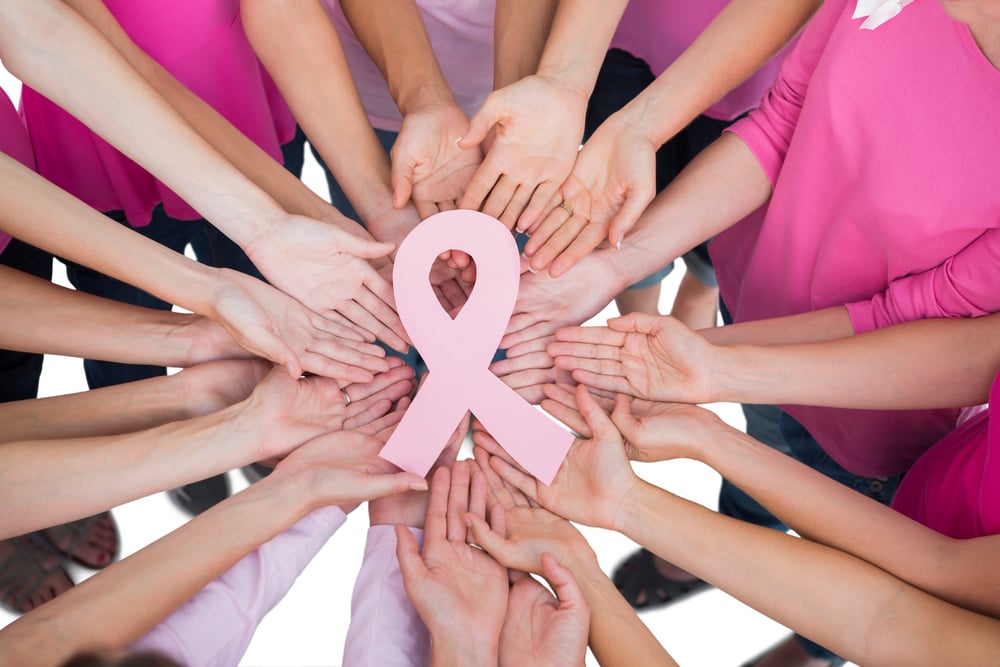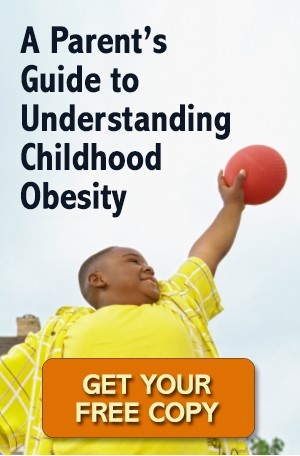 There are things you should know to understand what breast cancer is, know your chances for getting it, and how to find it early. Finding breast cancer early is critical because when it is found early, it is easier to treat. Read to learn more about the common symptoms of breast cancer and the best way many women find breast cancer early.
There are things you should know to understand what breast cancer is, know your chances for getting it, and how to find it early. Finding breast cancer early is critical because when it is found early, it is easier to treat. Read to learn more about the common symptoms of breast cancer and the best way many women find breast cancer early.
What is breast cancer?
Breast cancer is the second most common cancer among women, after skin cancer. It is a disease in which cells in the breast grow out of control. Cancer cells can also spread, or metastasize, to other parts of the body.
What symptoms should I look for?
Some warning signs of breast cancer are:
- New lump in the breast or underarm (armpit).
- Thickening or swelling of part of the breast.
- Irritation or dimpling of breast skin.
- Redness or flaky skin in the nipple area or the breast.
- Pulling in of the nipple.
- Nipple discharge other than breast milk, including blood.
- Any change in the size or shape of the breast.
- Pain in the breast.
These symptoms can happen with other conditions that are not cancer. If you notice any of these symptoms, talk to your health care provider right away.
What can I do to find breast cancer early?
Breast cancer screening involves checking a woman’s breasts for cancer before there are signs or symptoms of the disease. A mammogram is an X-ray picture of the breast. Doctors use a mammogram to look for early signs of breast cancer.
The United States Preventive Services Task Force (USPSTF) recommends that most women who are at average risk and are 50 to 74 years old get one every 2 years. USPSTF recommendations state that women with a parent, sibling, or child with breast cancer are at a higher risk for breast cancer and may benefit from beginning screening in their 40s.
Weighing the benefits and risks of screening is important when considering your screening options. If you’re 40 to 49 years old, talk to your health care provider about when to start screening.
What can I do to lower my chance of getting breast cancer?
One of the most important things you can do to lower your risk of breast cancer is to know your risk of breast cancer. Talk to your doctor about what that means for you.
Your doctor will consider factors that cannot be changed, like:
- Your personal history of breast problems.
- Your family’s history of breast cancer.
- Your breast density (the amount of connective and fatty tissue in your breasts).
- Your age. Most breast cancers are found after age 50.
- Your menstrual and childbirth history.
- Your history of radiation treatment therapy to the chest or breasts.
Here are some things you can do to reduce your chance of getting breast cancer:
- Keep a healthy weight.
- Engage in regular physical activity.
- Don’t drink alcohol, or limit alcoholic drinks to no more than one per day.
This October, Orchard Hospital is proud to participate in National Breast Cancer Awareness Month. About 1 in 8 women born today in the United States will get breast cancer at some point.
The good news is that most women can survive breast cancer if it’s found and treated early. A mammogram – the screening test for breast cancer – can help find breast cancer early when it’s easier to treat. Don’t put off your screening; contact us to schedule your 3D Mammography. Call Orchard Hospital Radiology Department at (530) 846-9052.
To learn more about breast cancer, visit www.cdc.gov/cancer/breast/.



